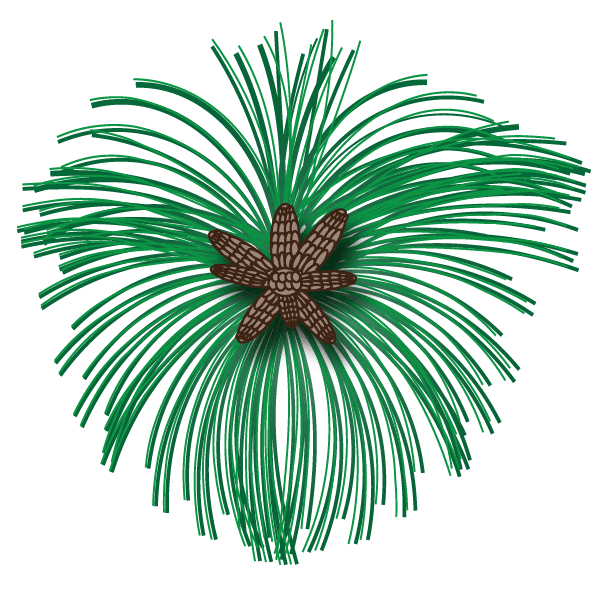Site Selection, Regeneration, Restoration
Site Selection

Historically, longleaf pine was found throughout the coastal plain and piedmont of North Carolina. Longleaf pine can grow on a wide variety of soil types but is most often found in soils that are sandy on the surface, low in organic matter, light colored and are medium to strongly acidic. Longleaf grows well on soils where drainage is good to excessive but can also grow well in areas that are seasonally wet as long as they do not stay saturated for a long time. Longleaf does not tolerate frequent flooding and struggles to become established in high quality and heavy-textured clay soils.
Fire and moisture were the principal factors controlling longleaf distribution within its natural range. Longleaf pine will establish following a disturbance (such as a fire or a canopy opening from a storm) but is intolerant of competition and without periodic fires competing vegetation will overtake young longleaf and eventually change the structure and composition of the forest.
- Longleaf Pine Site Suitability – NCFS Leaflet
- Loblolly or Longleaf Pine – PowerPoint Presentation
Artificial Regeneration
Artificial regeneration is the establishment of trees from seed or seedlings brought on site by man expressly for purposes of reforestation or afforestation. The resulting stand of trees will be even-aged.
Reforestation vs. Afforestation
Reforestation is the establishment of a forest on land that had recent tree cover (a recent harvested site, a cutover). Afforestation is the establishment of a forest or stand in an area not recently forested (an old field or pasture). The steps you need to take to successfully establish longleaf will differ depending on your starting point. The conditions of the site prior to planting will determine the site preparation needs and associated costs.
- Successfully Establishing Longleaf Pine – NCFS Leaflet
- Site Prep and Artificial Regeneration of Longleaf Pine – Forestry and Natural Resources Webinar
- Longleaf Pine Establishment – PowerPoint Presentation
Natural Regeneration
Natural regeneration relies on older pine trees left on the land to provide seed to regenerate the site. This practice can only be employed if the site has not yet been harvested and has a seed source of the desired species. Natural regeneration can be a component of an even-aged management system or un-even aged management system.
- Natural Regeneration of Longleaf Pine – NCFS Leaflet
Considerations for Natural Regeneration and the Management of Stands with Existing Mature Longleaf
Establishment of longleaf through artificial regeneration is costly. If your site already contains mature longleaf in the canopy, you may be able to rehabilitate your stand to reach your desired future conditions much quicker and with less cost.
- Longleaf Pine Forest Restoration – The Longleaf Alliance
![Woodlot at English Wikipedia [CC BY-SA 3.0 (http://creativecommons.org/licenses/by-sa/3.0)], via Wikimedia Commons Prescribed burn photo in Longleaf Pine Forest](img/LongleafPineBabies.jpg)